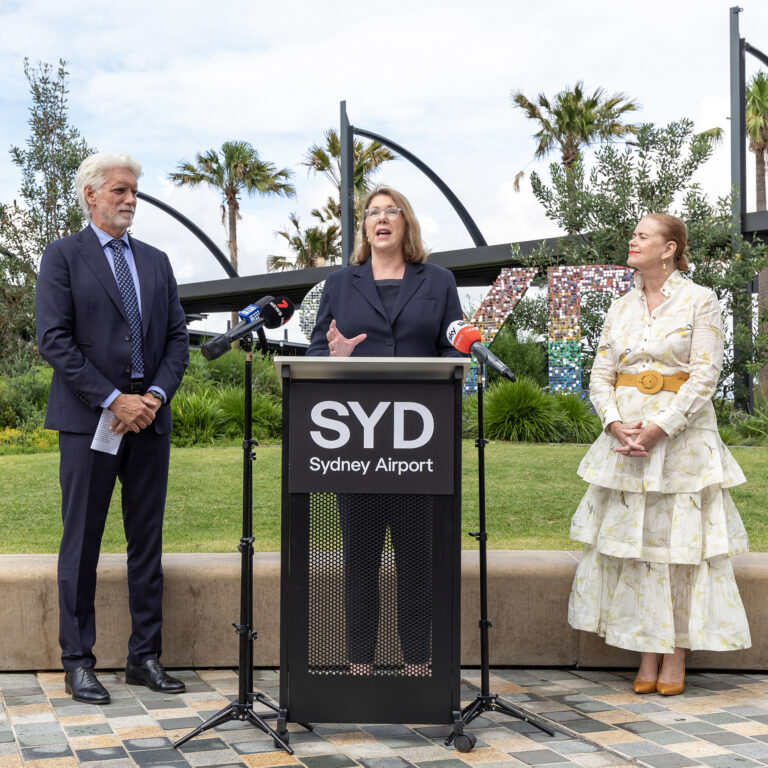Australia’s federal government is to reform Sydney Airport’s demand management scheme, to boost efficiency and competition at the international gateway and improve the passenger experience.
The reforms followed an expert report and industry consultation overseen by Peter Harris, former productivity commission chair, and represent the first enhancements in 27 years to the rules that govern how Sydney Airport operates.
The changes are intended to provide increased transparency around how landing slots are allocated and used by airlines, including reasons for cancellations and delays. Independent audits of slot use will form an important part of a modernized compliance regime, aligned to international standards.
According to the airport, passengers will benefit from the implementation of a ‘recovery period’ following weather disruptions and continued connectivity for regional communities. The recovery period will temporarily enable up to 85 movements an hour for two hours (an increase from the usual 80) following weather disruptions to permit delayed services to depart on the same day, meaning fewer overnight stays and cancellations.
Scott Charlton, CEO of Sydney Airport, said, “These changes will promote competition and efficiency by ensuring landing slots are used as they are intended. Importantly, the more than 40 million passengers that come through Sydney Airport annually also stand to benefit from these reforms. Sydney Airport is the biggest hub in Australia’s aviation network, so when we get disrupted, the whole system is severely impacted. Every year we have examples of where a two-hour weather disruption leads to dozens if not hundreds of domestic cancellations, and the impacts are still being felt days later.
“In the future, with a recovery mechanism hopefully, it won’t be necessary for the airlines to cancel these flights, which is a great outcome for passengers and a great outcome for the efficiency and resilience of Sydney Airport overall. We also recognize the importance of regional communities’ access to Sydney Airport, which will be preserved through these changes. We’re looking forward to working with the government to implement these reforms and realize their benefits as quickly as possible.”
To find out more about Sydney Airport’s latest developments, click here.

